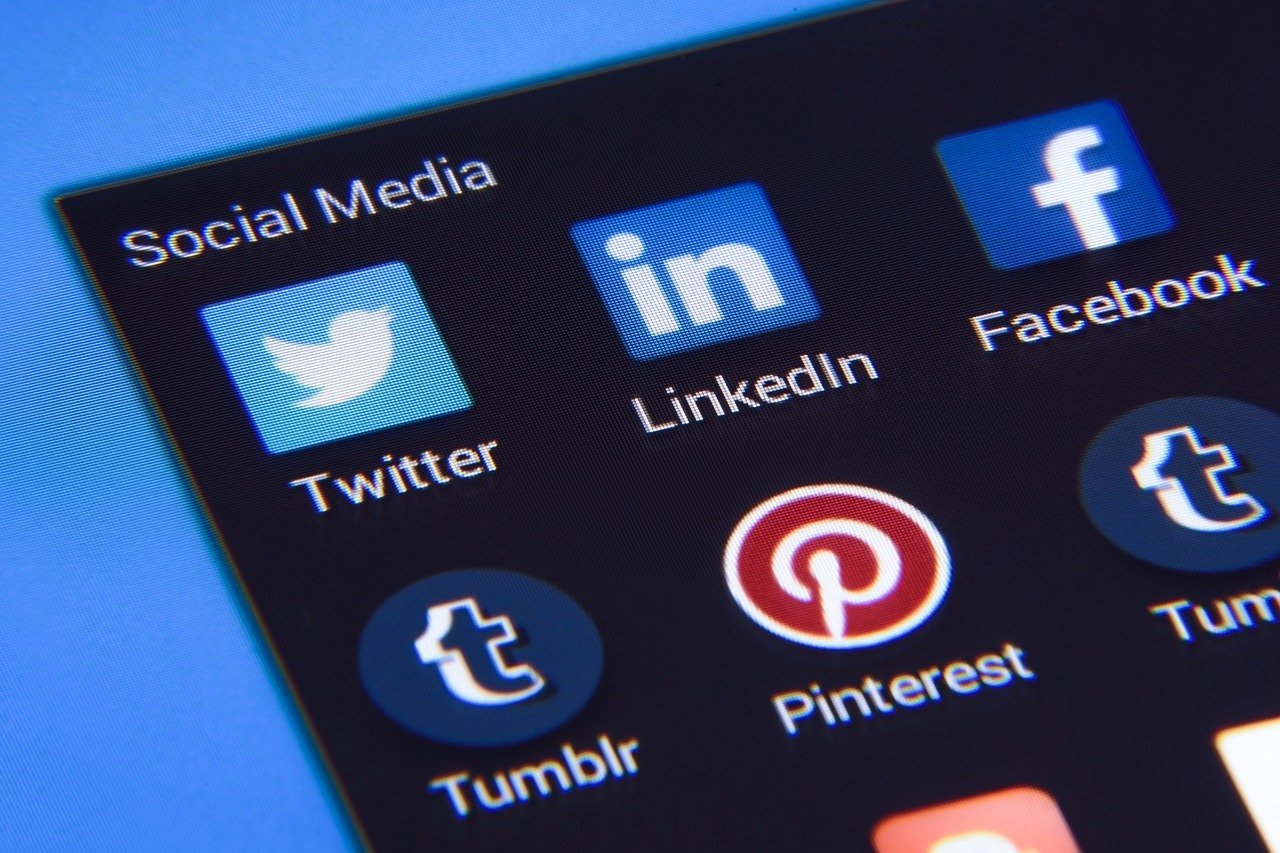
While globalization has been a relevant topic for years now, it’s not actually a new concept! Globalization occurred in the ancient, medieval, early modern, and industrial ages. Providing students with a solid understanding of modern globalization in comparison to historical examples makes the past relevant and clarifies current events.
Understanding the concept in a more modern sense
First, provide students with a definition modern globalization. I use the following definition and students create a 3-column graphic organizer or foldable (see example below). We compare and contrast the meaning of interaction and integration. The key causes and effects are discussed by brainstorming examples from the 21st century.
| Definition | Causes | Effects |
Globalization is a process of interaction and integration among:
|
|
|

Start with previous understanding of globalization to gage what students actually know about the concept. Utilize the internet and social media as a starting point for learning how communication is faster, easier, and cheaper than ever before in human history. Ask students for examples in their own community of how people are likely to change through contact with other cultures. This groundwork helps students understand the complicated aspects of modern globalization such as international investment, free trade agreements, and the impact of immigration on government policies.
Compare and contrast the concept historically
This modern definition provides a point of comparison for examples of globalization in the past. Challenge students to analyze why globalization trends in the past were the same or different in comparison to 21st century globalization.
The Silk Road, a network of land and sea trade routes between Europe and East and South East Asia that first developed around the 2nd century BC, impacted people, business, and government along its route for centuries. New technology, ideas, religions, and diseases were exchanged. However, unlike 21st century globalization, this interaction and exchange took place over decades and centuries instead of months or years. Marco Polo’s 24-year land and sea journey through Asia in the 13th century would be possible in just a few weeks in the modern world on airplanes and fast-speed trains. Today, his travel accounts would be posted daily on the internet, instead of being distributed through handwritten copies in the years after his return to Italy.

The ancient Roman Empire is an early example of globalization. For example, as the Roman armies conquered the many nations and tribes around the Mediterranean Sea, they imposed Roman language, law, and cultural traditions. Communication was improved through Latin, a common language of government; information traveled by the improved technology of Roman roads. At Rome’s peak in the 1st and 2nd century, commerce increased in what could be compared to a “free trade zone” among different nations ruled by the Romans. Were all of these changes good for everyone? No. Much of the “integration” came in the form of slavery. The ancient Romans enslaved the people of conquered nations and transported these laborers across the Empire.
In the 16th century, globalization occurred when European explorers came to the New World. The environment and people were impacted by what is known as the Columbian Exchange. New plants such as tomatoes, tobacco, and citrus fruits; new animals such as horses; and new diseases such as smallpox and measles traveled back and forth across the Atlantic Ocean, changing economics and cultures. In the 21st century, hardy species of plants and animals travel the world. For example, non-native or exotic species of carp and mussels impact the native habitat of the Mississippi River today. New strains of diseases such as influenza can travel across the globe in days.
By the 17th century, the British and the Dutch founded corporations for the purpose of international investment and trade. The worldwide networks formed by the British East India Company and the Dutch East India Company depended upon the latest in transportation technology and favorable government policies. Mercantilism was the policy of the day in which trading monopolies were sanctioned by the British government. While modern free trade zones like the European Union or NAFTA are quite different in nature, they still serve as an example of how globalization trends are inseparable from government policy.
By the 18th century, a Triangular Trade developed in which African, European, and New World cultures interacted and integrated. Local economies were altered. Some economics expanded to the advantage of local inhabitants such as those living in coastal slave trading centers in the New World. Other economics declined, such as the African communities raided for slaves.
Globalization today and in the past is a complicated and worldwide phenomenon. Its effects are complex; often its effects are both “good” and “bad” at the same time. An action or policy may be good for one group of people, business, or nation while devastating another. Comparing past and modern examples illustrate its complexity. Examining the definition, causes, and effects of globalization in multiple eras throughout the school year improves student understanding of how travel, economics, government, technological change interact and impact human lives.
Interested in expanding student knowledge on globalization?
Get a free lesson in our Active Classroom platform
Cynthia W. Resor was a middle and high school social studies teacher before earning her Ph.D. in history. She is currently a professor of social studies education at Eastern Kentucky University. She is the author of a blog, Primary Source Bazaar, and three books on teaching social history themes using essential questions and primary sources: Discovering Quacks, Utopias, and Cemeteries:Modern Lessons from Historical Themes, Investigating Family, Food, and Housing Themes in Social Studies and Exploring Vacation and Etiquette Themes in Social Studies.